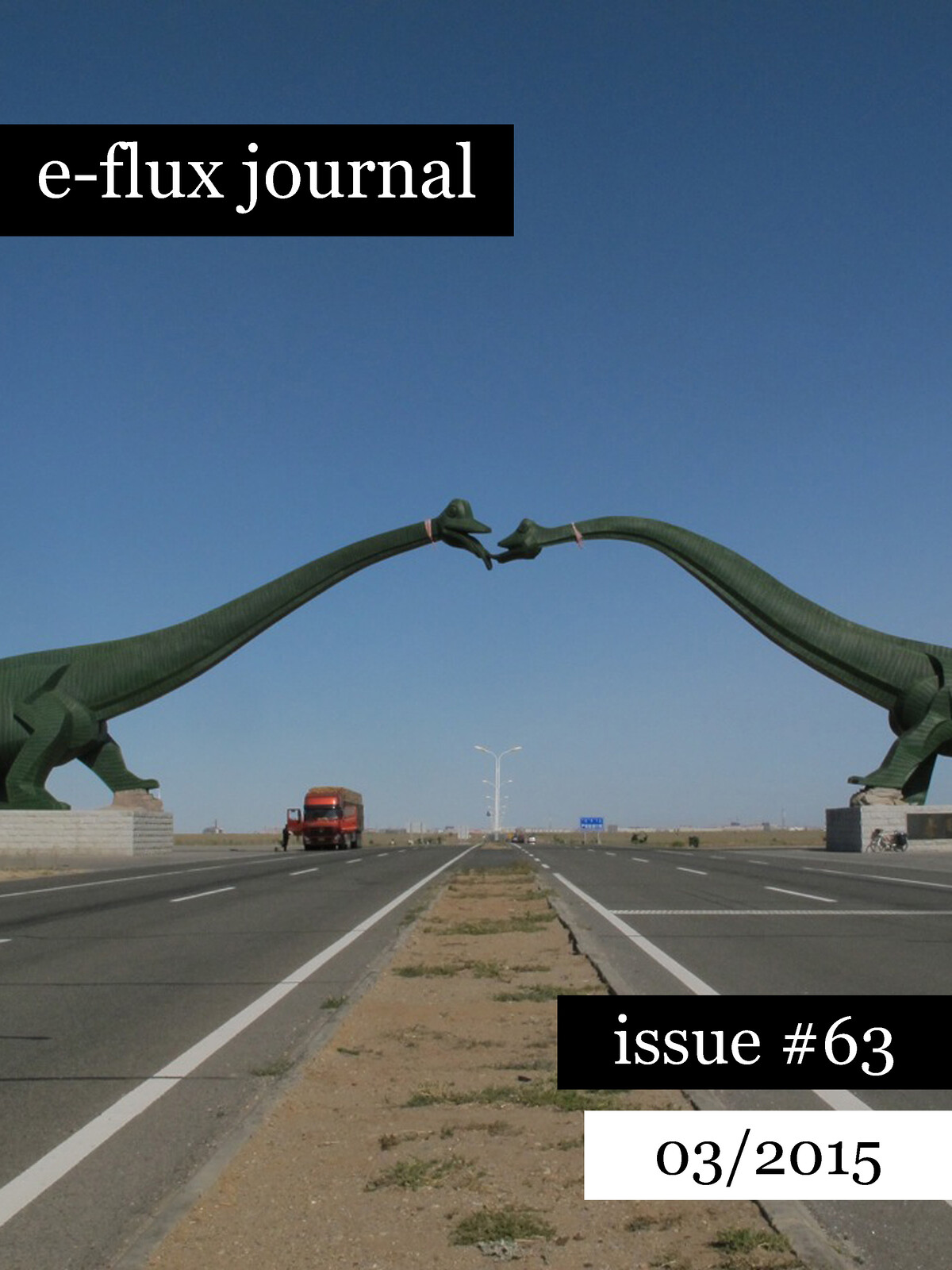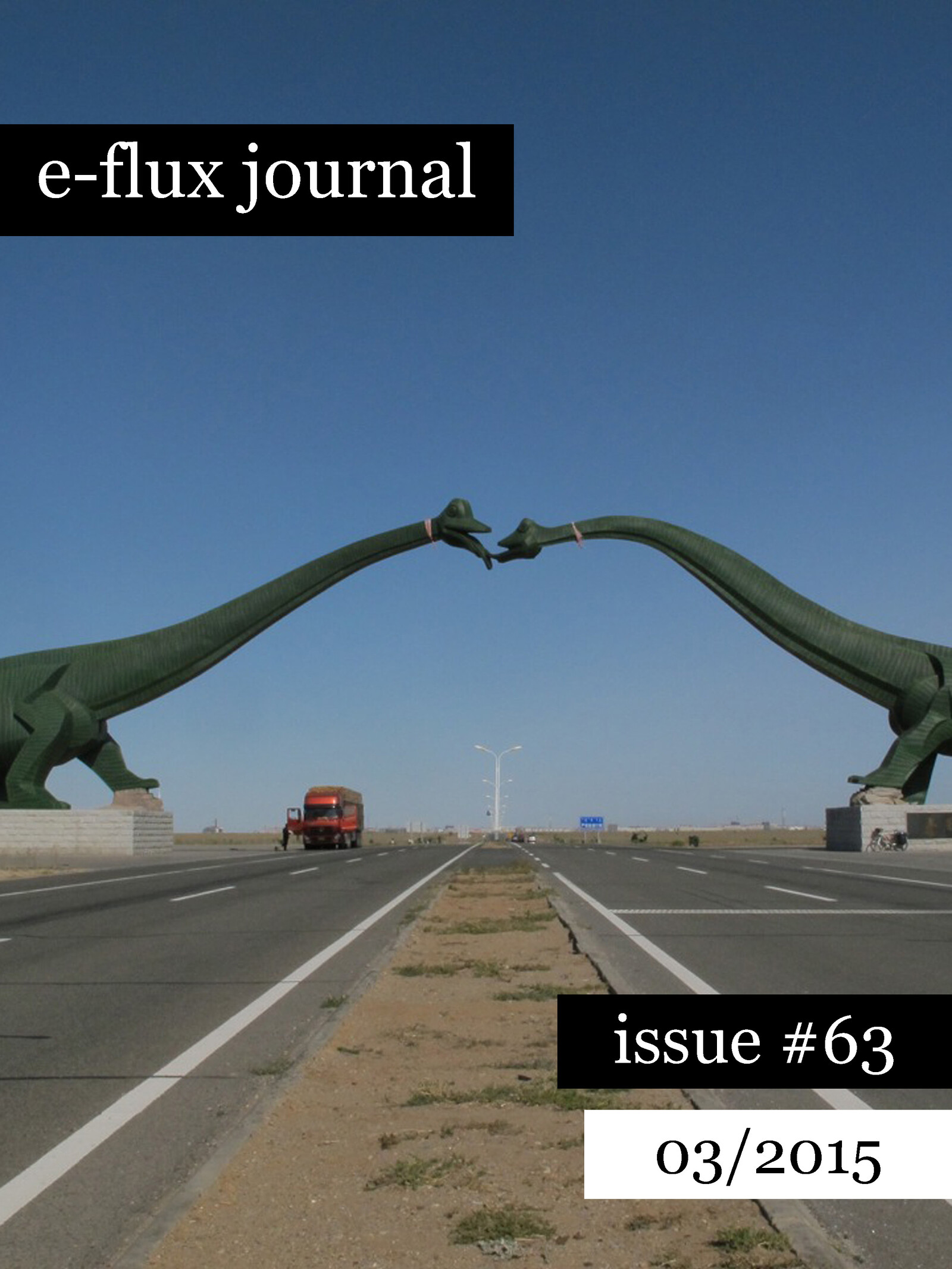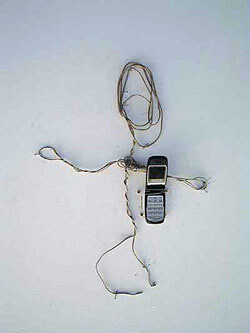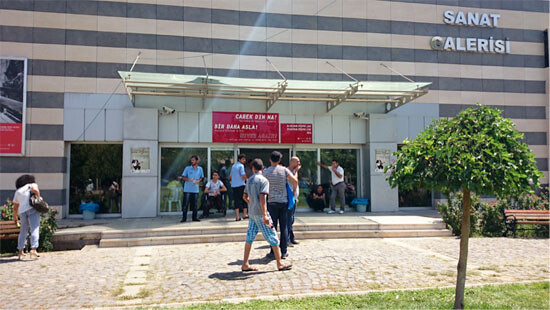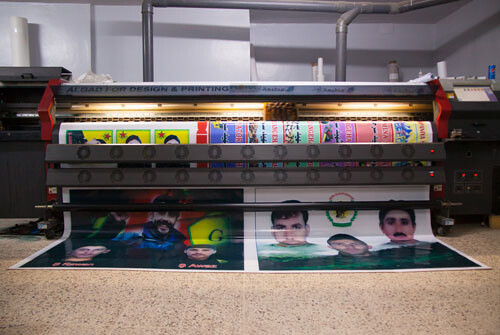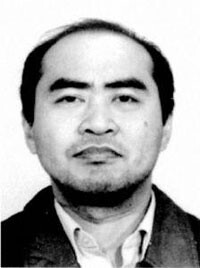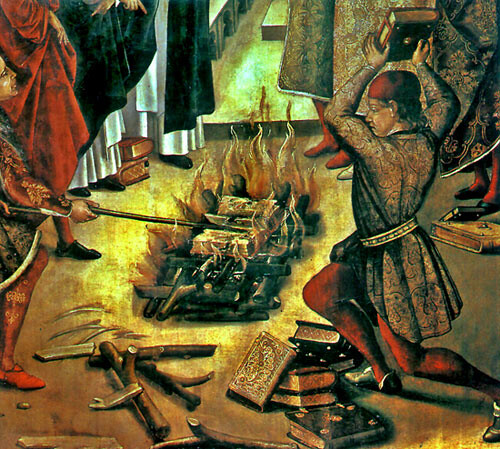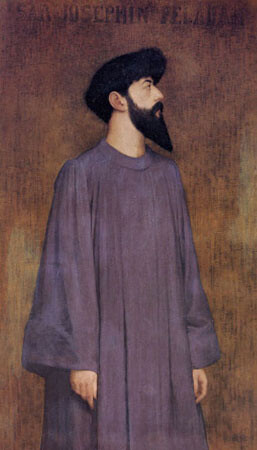There is no harmony in the universe. We have to get acquainted to this idea that there is no real harmony as we have conceived it.
—Werner Herzog 1
In the experience of deep sadness, the world itself seems altered in some way: colored by sadness, or disfigured … [This originates] in desolation, in the sense that the world is frozen and that nothing new is possible. This can lead to terrible paroxysms of destruction, attempts to shatter the carapace of reality and release the…
Issue #63
March 2015
With:
Julieta Aranda, Brian Kuan Wood, Anton Vidokle, Irmgard Emmelhainz, McKenzie Wark, Hito Steyerl, Jonas Staal, Naeem Mohaiemen, Simon Sheikh, and Beti Žerovc
We have a soft spot for people, for the humanity of people. We learn to nurture this soft spot through art, through philosophy, through democracy, through our notions of justice or the rights of humans. We learn about the good in the things that are done by the people, for the people, through the people, in the name of the people.
But it’s getting cold out there. Something in this setup is shifting below our feet. Something is making the image of the people fuzzy, increasingly vague—a…
View List
View Grid
8 Essays
March 2015
Marx: “All that is solid melts into air.” 1 That effervescent phrase suggests something different now. Of all the liberation movements of the eighteenth, nineteenth and twentieth centuries, one succeeded without limit. It did not liberate a nation, or a class, or a colony, or a gender, or a sexuality. What it freed was not the animals, and still less the cyborgs, although it was far from human. What it freed was chemical, an element: carbon. A central theme of the Anthropocene was and…
Chapter 1: The National Museum
This is a file published in 2012 by WikiLeaks. It forms part of WikiLeaks’s Syria files database. 1 The file is called “316787_Vision Presentation—Oct 30 2010 Eng.pptx,” in PowerPoint format, dated October 2010. 2 It details Syrian First Lady Asma al-Assad’s plans for the future of Syria’s museums. Her foundation aims to establish a network of museums to promote Syria’s economic and social development and strengthen national identity and cultural pride….
Continued from “ The Make a World, Part II: The Art of Creating a State ”
Bepey tazetirîn polîn, Kurdekan
Ser be regazî ballinden
Awetane leser parey zard û drawî mejû
Koçer in û be karwanî sefer da enesreynawe
According to recent classification
Kurds belong to the species of birds
Look at them. Here they are! On the slowly disappearing and torn pages of history
They are the migrants that are only recognized over the long distances their…
When I was a child, I was told that when people died they became stars. I didn’t really believe it, but I could appreciate it. We three Red Army soldiers wanted to become Orion when we died. And it calms my heart to think that all the people we killed will also become stars in the same heaven. As the revolution goes on, how the stars will multiply!
—Közö Okamoto, interview in Israeli prison 1
The news item was nondescript. 2 In a four-sentence summary, a Japanese news service…
Continued from “ Circulation and Withdrawal, Part 1: Circulation ”
Nothing is less passive than the act of fleeing, of exiting. Defection modifies the conditions within which the struggle takes place, rather than presupposing those conditions to be an unalterable horizon; it modifies the context within which a problem has arisen, rather than facing this problem by opting for one or the other of the provided alternatives. In short, exit consists of unrestrained invention which…
A quintessential aspect of aesthetic modernism in the nineteenth century is that it produced not only a body of artworks and a profusion of – isms , but also a body of institutions and a template of practices that, unlike the art itself, were accepted almost without protest by the European and American art public. 1 As early as the late nineteenth century, the field of exhibition-making also had isolated examples of figures similar to the independent curator of contemporary art—although, of…
